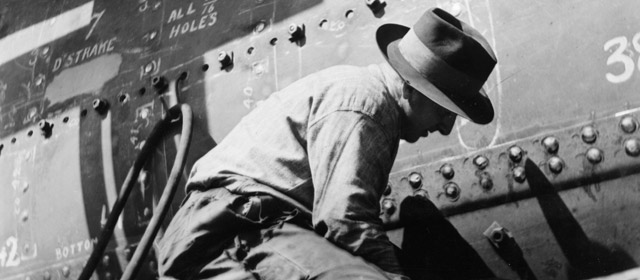Story summary
Wooden ships
In 1795 some sailors were marooned at Dusky Sound in Fiordland. Luckily they found a half-built sailing boat, left by some sealers. They finished it, and sailed to Norfolk Island. Called the Providence, it was the first ship built in New Zealand by Europeans.
From about 1820, settlers built ships to carry goods and people up and down the coast. Shipbuilders (also known as shipwrights) used timber from the forests, especially around Auckland and Northland. Through the 19th century they built sailing vessels such as ketches and schooners, and small steamers. A popular cargo vessel was the scow – a wide, flat-bottomed boat that could carry heavy loads in shallow water.
Iron and steel
In the 1870s coal-powered steam ships replaced sailing ships, but shipbuilding did not become a major industry in New Zealand. The big ocean-going ships were built in England and Scotland. Shipwrights found work repairing them at ports around the country. A few shipbuilders made iron and steel steam ships on Otago Harbour. Today, tourists cruise across Lake Wakatipu from Queenstown in a famous old steamer, the Earnslaw, built in Dunedin and reassembled at Kingston.
As early as the 1890s, yachting in Auckland’s Hauraki Gulf was popular. Two shipbuilding families, the Baileys and the Logans, made big, elegant keelers from kauri wood.
During the Second World War, warships were built at Port Chalmers for the New Zealand navy. Since the 1960s, the busiest shipyard has been at Whangārei.
Yachts and jet boats
Kiwi-designed fibreglass yachts are fast and stylish. These ‘plastic fantastics’ have twice won the America’s Cup race for New Zealand. Designers in Auckland, Whangārei and other centres also create ‘superyachts’ for wealthy clients around the world. The Tiara, built in Auckland, has a helicopter landing pad on deck.
New Zealanders love to whizz about on the sea, or lakes and rivers, in speed boats. In the 1950s Bill Hamilton, from Canterbury, invented a jet boat that could go up shallow rivers. His boats were soon sold around the world.





